Help Turning Cleared Red Spruce Forest Into Native Pollinator Garden
wildingout
4 years ago
Featured Answer
Sort by:Oldest
Comments (31)
wildingout
4 years agowildingout
4 years agoRelated Discussions
Health and Beauty of Norway Spruce Trees--a Hypothesis
Comments (29)spedigrees: Limestone varies in magnesium content. If you go to your local agricultural store--I am not sure what you have up there--and ask for “high mag limestone“--crushed or pulverized--they should be able to direct you. The analysis is always posted on the bag. Dolomitic limestone is generally “high-mag,” but perhaps other types of limestone have a high magnesium content. Our soils here in the northern Shenandoah Valley are very high in magnesium, and high mag limestone underlies a good portion of our soils, and high mag limestone is readily available. And, almost all the NS in this area look very nice, in spite of our hot, dry climate. As for soil acidity--that should not be a problem for Norway spruce, unless the soil is extremely acidic, maybe in the low 4’s. At my timberland, where the soils are a bit below 5, Norway spruce does very well. I am not sure what an optimum pH would be, and it would probably vary with soil type. Maybe somewhere in the 5.5 range is "safe." As for magnesium for Norway spruce--this has been fairly well documented. I titled my original post “a hypothesis,” but there is substantial evidence. A site factors study done at SUNY Syracuse some years ago now, noted that “at least 75 kg per hectare” is needed for good NS growth. Studies in Europe, where there has been extensive decline in NS forests, has shown that the acid rain causes a reduction in the availability of magnesium, and supplementing magnesium often solves the problem. And, I have made some personal observations--not scientific, and without all the facts--that magnesium supplementation can make a dramatic difference. But, the main effect of magnesium may not be in height growth, but in the fullness, density, and lushness of the foliage. I have seen many poor looking, thin foliaged NS trees growing reasonably fast in height. Also, the thin foliage on some Norway spruce trees has causes other than a lack of an optimum supply of magnesium. And, I know, some of that is genetic, and not correctable. As for your experiment: Yes, 5 years should be long enough to show some results, but no sooner. The limestone has to dissolve into the soil, get down to the roots, and, because NS hold their needles for several years, the "thickening" of the foliage may not be vis1ble for several years. BUT, and this is a big "but," the effect may not really show up on very young trees. It may help the growth rate, but as for foliage density, that is never really noticeable until trees are somewhat older and larger--maybe not until they are 20 feet tall or more will any difference be really clear. As for the growth rate: white pine usually starts growing faster than NS. How old are your trees? How tall? NS trees don't begin to grow fast until they are about 4.5 feet high, and that could be only after 6 to 8 years. At that point, they should "take off." On the best soils, and in the right climate, an average of 28 inches is possible, with some years the new shoots elongating up to 4 feet or more. But growth averaging 20 to 24 inches is good for many sites. Norway spruce and white pine, assuming equally good strains, should grow equally well over the first 50 years. The white pine up to about 18 years should outgrow the NS, but after that NS should catch up a bit. After 50 years NS should outgrow the white pine for some years. SUNY Syracuse did a growth curves study for NS, and found that for the first 60 years--after the trees reach 4.5 feet in height, there is no "curve" as such, but a straight line. White pine growth curves bend sharply over to the right after the first 18 years or so, and at 50 years the growth averages about 1 foot, while at the same age, NS trees can still be growing 28 inches per year. But this rate does begin to decline not too long after the 60-year mark. On the best sites both should eventually make 150 feet or more in forest stands. Open grown NS should make 120 feet or more on better sites. As for the blue spruce and magnesium, I really don't know. Tom may be right about this. --spruce...See MoreNative Trees vs. Non-Native Trees
Comments (75)Greenthumbz, those are gorgeous pics! I've heard that there are a couple of trees that are not native to North America but are used by significant numbers of native insects. 1) Malus/Crabapples - native, hybrid, or exotic, Douglas Tallamy's book stated that the leaf chemistry is so similar that North american insects will use all species. This certainly bears true in my experience. I've got lots of crabs, a few specimens and a crazy wild thicket full of them in back,and they are bird magnets, not just for the fruits in the fall but for the nectar and insects in spring and summer. 2) Picea abies/Norway spruce - don't have any personal experience, but was told this by an ornithology student at Cornell who was doing a study on the subject...See Moreclearing a small woodland border
Comments (14)Thanks for the comments this past winter. I didn't see them. Well ... the project looks a lot different now. A 60' pondless water stream is on the hillside with several terraces build with sandstone. It is about 90% complete. Trees went in as the terraces were built. It was the easiest way. The trees are a nice red oak, a couple of green mountain maple, a red maple, 3 serviceberries, and several cloud 9 dogwoods. There are no shrubs, perennials, or groundcover yet. At this point, I need to call the landscaper to come in and finish up. Reinstall the pump, finish the with the sandstone work, and repair the yard. From there on out I'm going to try to do my own plantings, over time. I'll try to post some pics of this work in progress. Right now? I don't know what to think. Dumb idea to do it at all? Maybe I had a brain fart. I cannot quibble with the work the landscaper did. I KNOW that they gave me the best job that they could do. And so, what more can you ask than that? My "job" that I self imposed was to stay out of their way. Ya know? I know that they were very pleased with the result. They said that each pondless stream project takes on a personality of its own. They like this project a LOT. I plan to use local nurseries, rare find nursery (online), saved volunteers, ground layer propogation, and starts from friends going forward. Oh. And the white pine volunteers? turns out they were red pine. Also a native pine. Who knew? We moved it into the woods on the neighbors property. The rest were lost. So, I'll be looking for more red pine volunteers. I thought we had destroyed a very little stand of jack in the pulpits. I couldn't find them in the fall to save them. And low and behold, I saw one a few yards away today. Yeah. I will try to post some pics soon. I've forgotten exactly how to do that now. But I'll figure that out or make a phone call. Re all the hemlock? Yes. There are about 15 in the background planting. To diversify? I could use some more white pine or red pine if more are needed. I'd really like to stick with natives re pines. Re black cherries. Yes. I know that they are not desirable trees. Many have been removed over the years as well as many other junk trees. The black cherry at the top of the hill though? almost has to stay. At least, it's away from the house. And, it's mature with a decent trunk and shape. ML...See MoreDevelop Forest Area/Landscaping a Park
Comments (24)I can specifically address battling the privet. I live in SE NC and have slowly over the years been clearing the back part of my yard (which is bordered by a small creek) of the Chinese privet and honeysuckle which has formed an impenetrable thicket in many places. I had some large privet “trees” which had basal diameters of 10-12 inches at least. Once removed I plant seeds or selectively allow only the native riparian vegetation (e.g. dwarf palmetto, magnolia, red buckeye, pawpaw, etc.) to regenerate in its place. I have a relatively small area privet free “natural area” (~1/4 acre) to maintain, and it is still a constant battle to stay on top of. My first naive attempt was to foolishly just cut the privet to the ground… The plants responded by sprouting a million basal sprouts from the stumps and all the lateral roots, which grew about 6ft tall in a summer. I then tried spraying these sprouts with 2 percent glyphosate, which killed them back to the ground, but did need multiple applications because they just kept putting up new sprouts. Finally, I got serious and did my homework. After on-line research and in the yard experimentation, I found the best way to entirely kill privet is to use a hatchet and wound all around the base of the shrub/tree. I make these wounds as downward facing notches that just penetrate the first inch of the plant, and into these wounds I apply (with a paintbrush) a small amount of 41% glyphosate. This method doesn’t give instant results, but you can slowly see the herbicide take effect. Over the course of a few weeks, you can notice the plants start to loose leaves until they are bare. Usually this results in the total death (including all lateral roots and potential sprouts) of the privet. Sometimes you can even see adjacent privet plants that you did not treat go into decline, illustrating how large and connected the network of roots really is for the clonal patch. Sometimes these adjacent privet (or the one that you have chopped on) do not totally die, and re-leaf in a few months. These plants will need re-treatment. Once I am sure the plants are totally roots-and-all-dead (month or two) I cut them down. I have left a few larger ones standing, and they rot and fall in a year or two. I have tried to first cut them down and apply the 41% glyphosate to the exposed cambium on the cut stump, but find that method is ineffective at preventing the lateral roots from sending up new shoots. Once you apply herbicide and kill all of the standing privet, your job is only beginning. The amount of seeds lying dormant in the darkness under a mature privet is astounding. One you expose the seeds to light by removing the dense privet foliage above, a carpet of seedlings will appear. These young plants are easy to pull by hand, and are also easy to totally kill using 2% glyphosate. I have tried to mow them down, and you will just form a 1” sheared privet carpet. The seeds will continue to germinate for years, from the seedbank in the soil, or from the birds who will continue to distribute them from any mature plants from miles away. Look at any creek or disturbed wet area in eastern NC and there will likely be privet....See Morewildingout
4 years agowildingout
4 years agowildingout
4 years agowildingout
4 years agowildingout
4 years agowildingout
4 years agolast modified: 4 years agowildingout
4 years agowildingout
4 years agolast modified: 4 years agowildingout
4 years agowildingout
4 years agowildingout
4 years agowildingout
4 years agoSkip1909
4 years agoharold100
4 years agowildingout
4 years agowildingout
4 years agolast modified: 4 years agoJay 6a Chicago
4 years agowildingout
3 years agowildingout
3 years ago
Related Stories

LANDSCAPE DESIGNNative Plants Help You Find Your Garden Style
Imagine the garden of your dreams designed with plants indigenous to your region
Full Story
NATIVE PLANTSPlant These Fall-Flowering Natives in Early Summer for Pollinator Love
These 3 groups of plants will support masses of beneficial insects come autumn
Full Story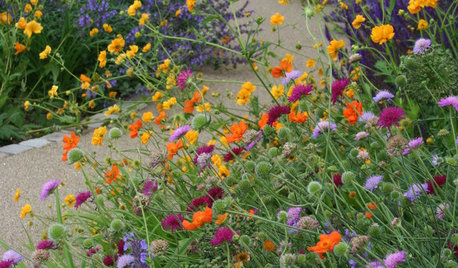
PLANTING IDEAS3 Color Palettes to Help Set Your Garden’s Mood
Select plants in these color combinations to create an outdoor space that’s cheerful, energizing or calming
Full Story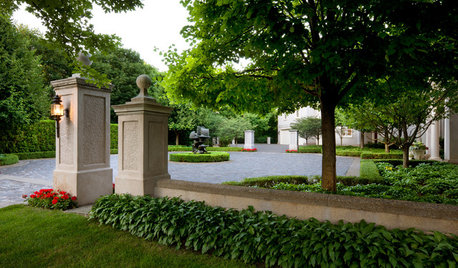
TREESAmerican Basswood Provides Garden Shade and Forage for Pollinators
Use Tilia americana as a shade tree or along the edge of a woodland for its large leaves and showy flowers
Full Story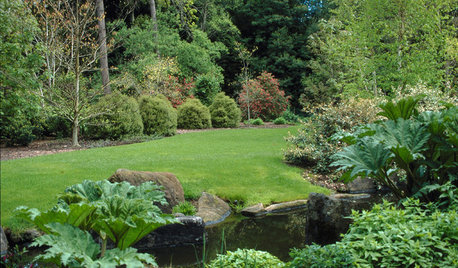
GARDENING GUIDESYou Don't Need Prairie to Help Pollinators
Woodlands, marshes, deserts — pollinators are everywhere
Full Story
EARTH DAYHow to Design a Garden for Native Bees
Create a garden that not only looks beautiful but also nurtures native bees — and helps other wildlife in the process
Full Story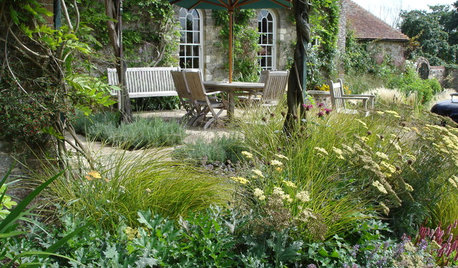
INSPIRING GARDENS7 Pollinator-Friendly Gardens to Inspire Your Summer Borders
Welcome birds, bees, butterflies and other beneficial insects with these favorite plants and smart design strategies
Full Story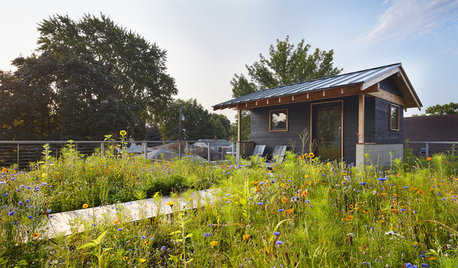
INSPIRING GARDENSA Sauna and a Native Meadow Garden Elevate a Minnesota Rooftop
A prairie-style garden and a second-story sauna turn a plain garage roof into a beautiful landscape
Full Story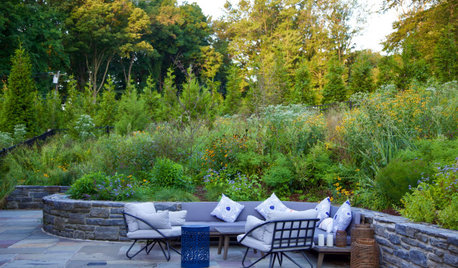
GARDENING GUIDESDesign a Beautiful Fall Garden That Pollinators Will Love
Consider using these design principles and wildlife-friendly practices in your landscape
Full Story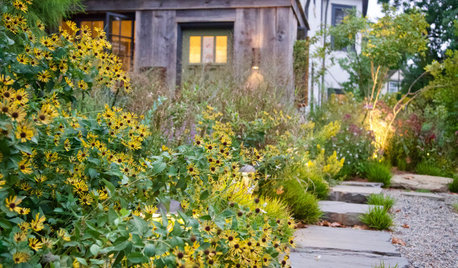
GARDENING GUIDESWhat to Know About Starting Your First Native Plant Garden
Fall is an ideal time to plant a sustainable garden that supports wildlife and looks good too
Full StorySponsored



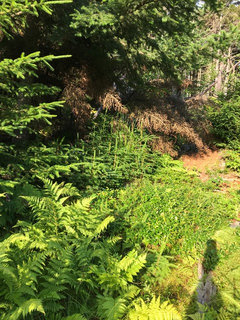
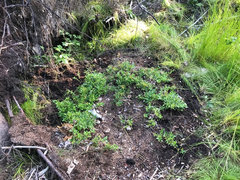

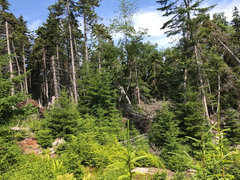
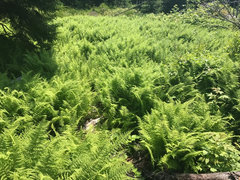
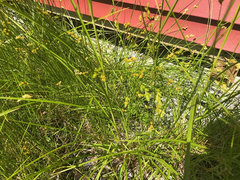
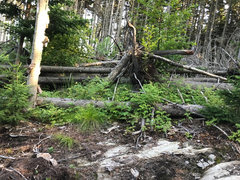
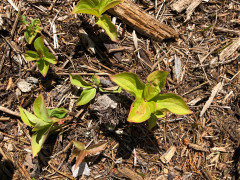


Skip1909